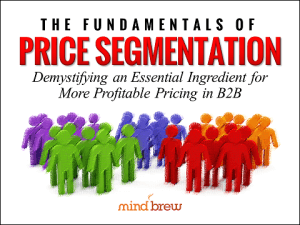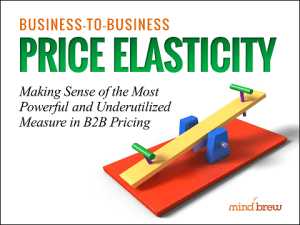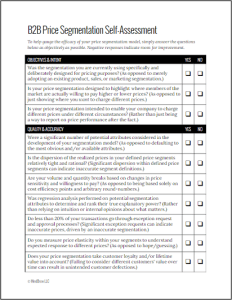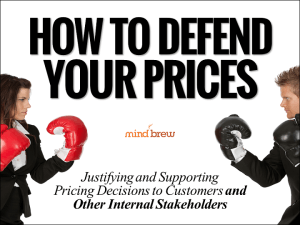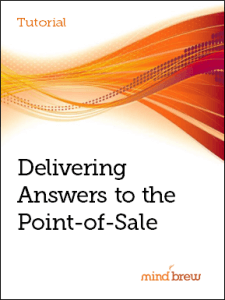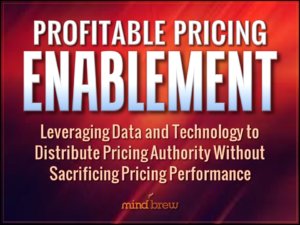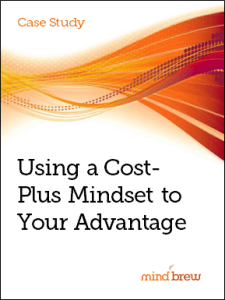It doesn’t happen often…because I’m so very rarely wrong 🙂 …but today, I feel compelled to offer a mea culpa…and clarification…about cost-plus pricing.
For many years, cost-plus pricing has been reviled and ridiculed as being the very antithesis of effective pricing. Nearly every pricing pundit in the space has taken at least one turn…and sometimes ten…bashing cost-plus pricing as a bane to pricing excellence that must be eradicated.
Over time, cost-plus has become such a taboo that many pricing people are actually ashamed to admit that they do it. And even those that do manage to confess still feel like they have to whisper!
Now, I’ve been an active participant in the “chorus of condemnation” surrounding cost-plus pricing for a very long time. And for that, I’m sorry. Or at least, I’m sorry that my condemnation of cost-plus pricing hasn’t been more precise.
To be clear, there’s nothing particularly taboo or heretical about applying a markup over cost to arrive at a price-point. That’s just basic math. And assuming your calculator hasn’t been fried in a microwave, working the equation will indeed produce a number each and every time.
The problem isn’t the mathematical equation. The problem is the lack of variability and accuracy of the “plus” that’s being used in the mathematical equation.
Are you applying a 25% adder when it really should be 27.4%? Are you applying a 35% markup across the board when you really should be applying 16 different markups to align to 16 discrete price segments? Are you applying a 30% markup where the perceived value actually justifies at 42% markup?
In reality, some of the most sophisticated price segmentation models in use today…models with 100’s of thousands of different segments and prices…will very often use cost-plus equations to generate all of those different price-points. Of course, the precise markups being used in each segment are based on relative price sensitivity or willingness-to-pay measures, but technically it’s still cost-plus.
The point is that it’s not about the math you use to generate the price-points….it’s about whether or not those price-points ultimately align to the real differences in perceived value and willingness-to-pay that exist in your marketplace.

